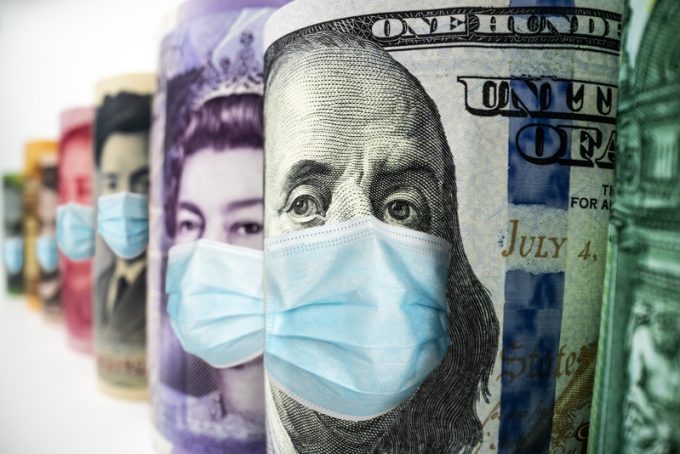Analysis: DHL Group – the bulls and bears take to the stage
If it’s a headwind, perhaps you’re walking the wrong way

Global trade is alive and well – but the global health situation is continuing to distort trade patterns and creating uncertainty, two multinational forwarders said today.
Predictions are hard to make: will western economies start to embrace services over goods as vaccinations ease restrictions?
In an attempt ...

Comment on this article